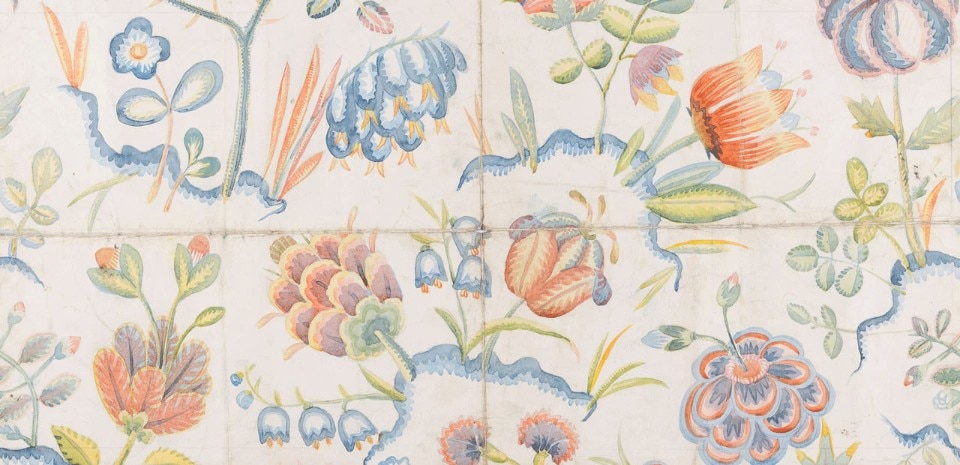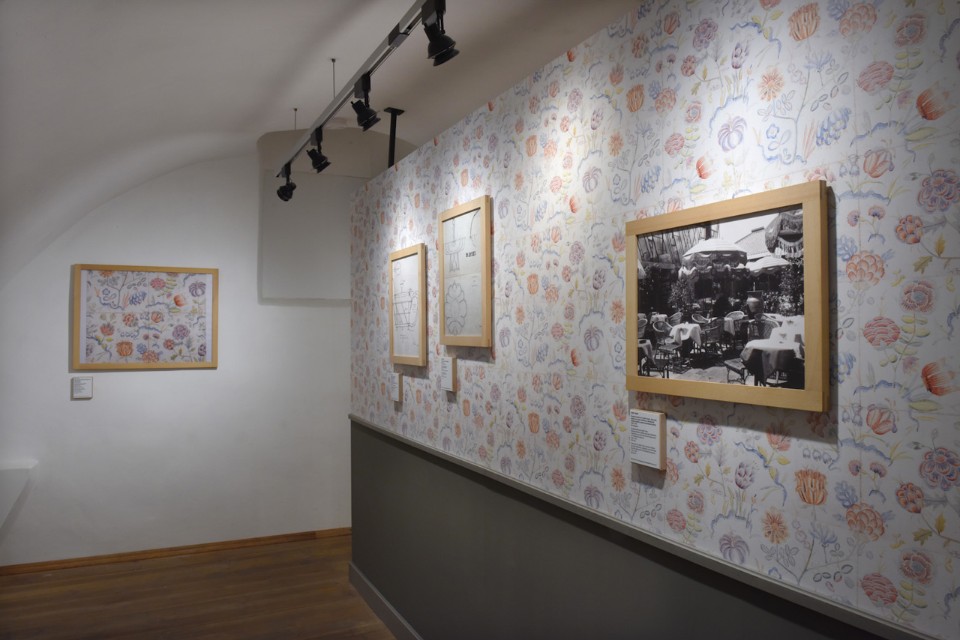The exhibition “Josef Hoffmann – Josef Frank: From Endless Trimmings to an Open System” contrasts the design positions of Josef Frank and Josef Hoffmann for the first time.
Hoffmann – Frank @ MAK
The exhibition “Josef Hoffmann – Josef Frank: From Endless Trimmings to an Open System” contrasts the design positions of the two famous Austrian architects for the first time.

View Article details
- 03 August 2016
- Wien
Drawings, photos, publications, and plans provide insight into the relations between these two key figures of Austrian architecture in the first half of the 20th century. Hoffmann’s idea of the total artwork, his so-called “trimmings thinking,” and Frank’s free and individual, open system of design encounter one another as heterogeneous interpretations of interior design in a concentrated presentation in Hoffmann’s birthplace.

Photo © Andrea Velnerová/Moravian Gallery, Brno/MAK
The exhibits shown trace an arc from the 1910s into the 1930s and concentrate on the most important encounters of Frank and Hoffmann. Their collegial understanding expresses itself in Hoffmann’s support for the young Frank and in several episodes of cooperation.
© MAK
Characterized by a general spirit of optimism, these ambitious architects approached their designing tasks more freely and allowed themselves to be inspired to eclectic compositions by elements of the Arts and Crafts Movement, the Italian Renaissance, and folkloric ornaments. In contrast to their predecessors, they no longer subordinated their influences to a guiding style, but instead coordinated these as a team and in accordance with shared maxims of design.
White walls, seemingly light furniture forms, and a pleasure in ornamental detail were among their design principles. With these liberal approaches, the architecture avant garde oriented itself toward the “democratic” way of living and design of Adolf Loos, who had already said in 1898 that one had to “live in” a room the way one had to play in a precious instrument.
until 30 October 2016
Josef Hoffmann – Josef Frank: From “Endless Trimmings” to an Open System
curated by Rainald Franz
MAK – Austrian Museum of Applied Arts / Contemporary Art
Hoffmann – Frank @ MAK